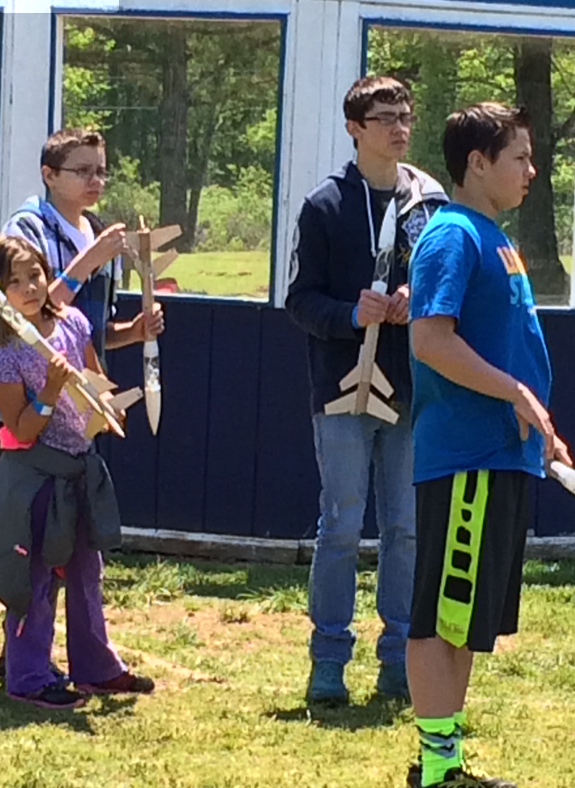During Team Atlas's second shuttle mission, the students from our school were assigned to Mission Control.

Eddie was the Flight Director. He was in charge of all the other controllers of the mission. Eddie had to ensure that the other members of Mission Control were doing their jobs correctly.
The headphones were not used for our mission, but Eddie enjoyed modeling them.
Cameras located in Mission Control, on the ISS and in the Orbiter will enable our students to communicate using American Sign Language and messages written on white boards.
David was the EECOM - Electrical, Environmental and Consumables Manager. His job was to monitor the fuel levels, cooling systems, electrical systems, cabin pressures, lighting, etc... on the shuttle during the mission.

John was the GNC - Guidance, Navigation and Controls Systems Engineer. He had the task of monitoring all vehicle guidance, navigation and control systems.
































































